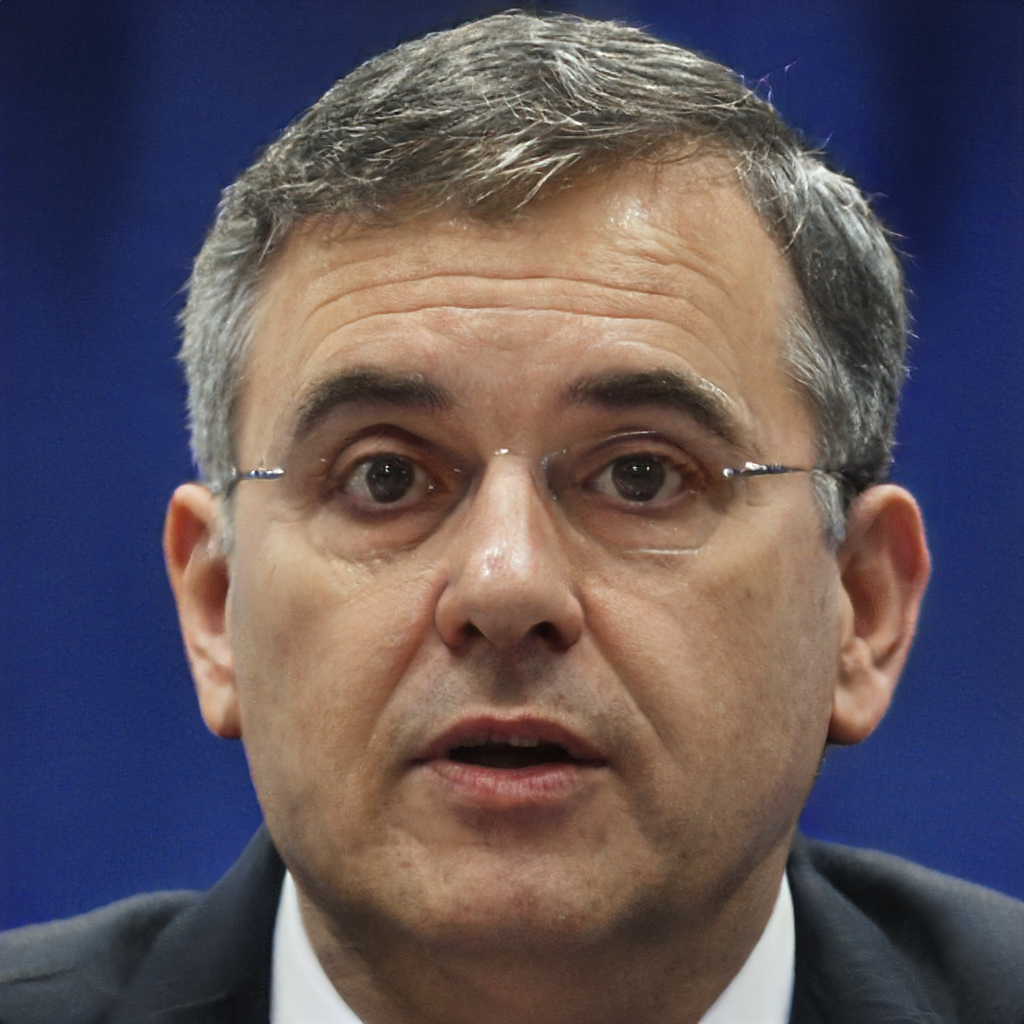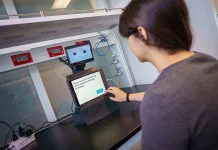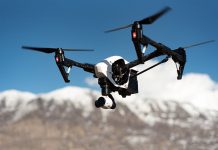After a second extension, the administrative agreement between the European Space Agency (ESA) and the European Defense Agency (EDA) is enabling the development of new technological projects which will enable the better monitoring of barren disaster-stricken areas, and exploration of hazardous and unknown environments.
Penetrating the impenetrable
A common problem, during disaster-relief operations, is actually accessing the area and evaluating the situation. Already, in the past, the ESA-EDA duo explored the potential in mobilizing space assets to enhance monitoring and assessment capabilities, when dealing with catastrophes, such as radiological, toxic or nuclear accidents. The integration of drones in monitoring systems means that areas inaccessible to humans can now be roamed freely, with new assessment capabilities. Previous cooperation had already shown the potential of linking space assets to disaster-relief operations, in 2017. After the signature of the new agreement extension, the ESA-EDA partnership launched the Autonomous Drone Services program, which will include unmanned vehicles.
Pushing back the frontier
The cooperation program has launched an additional program, named ATENA, aimed at navigation. Many areas are still poorly mapped and difficult to explore, due to extreme conditions. While some of them are here on Earth, none compare to the harshness of extra-terrestrial exploration, where conditions make human exploration costly, difficult and dangerous. ATENA is designed to launch drones into outer space, where they could carry out a variety of missions. Asteroid observation is the main one, as scientists would gather information to further astronomical understanding and assess the threat they pose to us, but missions could include, one day, the removal of the space debris which litter Earth’s orbit and can pose a threat to spacecrafts.
A successful program
ESA and EDA have already cooperated in the past. Europe still has much potential to exploit, in the integration and promotion of its high-tech industry. this new phase of hybrid cooperation will help many sectors better grow and reach their objectives. The fields addressed with this new program range from security (both naval and cybernetic), information-harvesting and UAVs, to space shuttling, monitoring and satellite communications. “ESA is a natural and trusted partner for us. Over the years we have built a cooperation that has yielded numerous successful projects, through eight Implementing Agreements totalling over €5 million in shared investments, covering several priority areas”, says EDA Chief Executive Jorge Domecq. “Through our political and technical dialogue, we are able to identify joint priorities hand-in-hand with users of space systems and security communities”, replies Jan Wörner, ESA’s Director General.
The European Union, through this program and many others, has proven itself a driving force behind the integration of high-tech industries, such as space and defense. As member States themselves had always encountered difficulty in achieving proper levels of coordination, despite political commitment to doing so, the EU has stepped in at supranational level, with excellent results so far.






